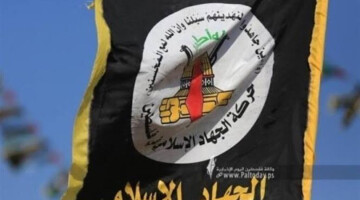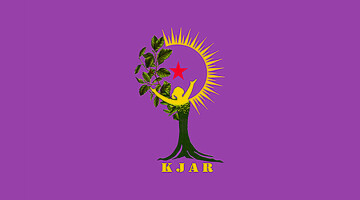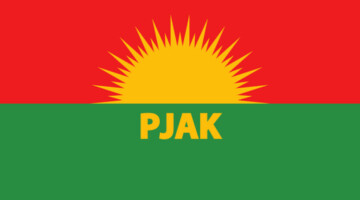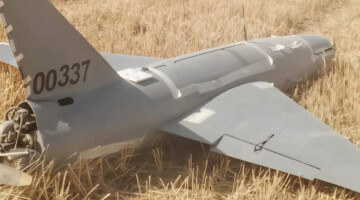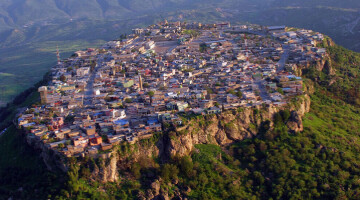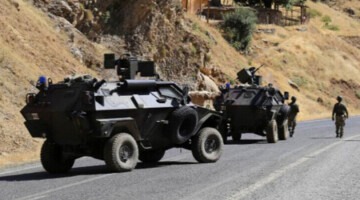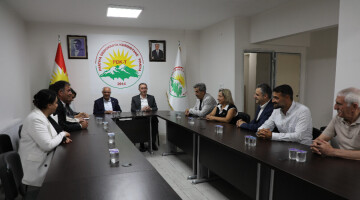Turkey has been attacking the Medya Defence Zones in southern Kurdistan (northern Iraq) for years. In April 2022, a comprehensive operation was launched in the guerrilla regions of Zap, Metîna and Avaşîn. As the invasion did not achieve the desired success, the Turkish state is attempting to establish itself in the area via the KDP (Kurdistan Democratic Party), the ruling party dominated by the Barzani clan. KDP forces are establishing new bases and building military roads for the Turkish troops. In order to grant Turkey free access, the villagers are being driven out of the affected areas. According to the journalist Baran Germiyanî, who lives in the Kurdistan Region of Iraq, 158 villages have already been evacuated and at least 600 villages are threatened with eviction because the KDP is exerting pressure during the ongoing Turkish attacks.
In an interview with Mezopotamya news agency (MA), Germiyanî stated that Turkey has not achieved the desired results in the region and that the KDP is clearing the way for Turkey with its depopulation policy. Germiyanî said: "Not only the people, but also the nature of the region is affected by the chemical weapons used. The Turkish state is attacking Kurdish existence and nature. As a result of these attacks, which have been going on for two years, people are no longer able to cultivate their fields. In just two years, the KDP has evacuated 158 villages at Turkey's request. Currently, more than 600 villages in these regions, where the war continues, are at risk of evacuation. The people in these villages live from livestock farming and agriculture. The attacks with chemical weapons have brought livestock farming and agriculture to a standstill. In addition, Turkish soldiers are attacking guerrilla positions in the immediate vicinity of KDP bases. The KDP is paving the way for Turkey to occupy the entire region."
The KDP, controlled by the Barzani family, is largely dependent on and closely allied with the AKP/MHP regime. The Turkish state is trying to use the KDP as a tool to trigger an internal Kurdish civil war. The current deployment of troops by the KDP shows the extent of the danger. In recent years, the KDP has repeatedly set up ambushes against the guerrillas, marked targets for Turkish airstrikes, captured guerrillas and even "disappeared" them. The KDP’s intelligence service Parastin supports the Turkish intelligence service MIT in its attacks against Kurdish activists in southern Kurdistan. So far, a major escalation could only be avoided thanks to the patient attitude of the guerrillas, who are trying to build a Kurdish unity. However, as the Turkish army seems to be on the defensive again in its current large-scale attack on the guerrilla-held Medya Defence Zones, a relief attack by the KDP is becoming increasingly likely.
On 13 September 2023, the KDP dispatched hundreds of armored vehicles and heavy weapons to Bradost after forcibly evacuating the nomads from the region through threats, repression and use of force. A part of the KDP force attacked the positions of the guerrillas at Gewriya Zînê in the Goşîne area the following day.
Local sources report that nearly 286 families, including nomads and farmers, had to leave their fields and orchards in the region due to KDP pressure.
The Turkish state has recently started to build a new military base in the Bradost region. With the new military base, the Turkish state penetrated some 10 km into the border of the Kurdistan Region.
Local sources report that around 100 soldiers were airdropped by helicopters at the Turkish base in Bradost.
The new base is located in the area of Duriya and separates it from Xakurke, bringing the areas of Tarstan, Kem Kora and Sinîn Lolan under the control of the Turkish occupation state.


